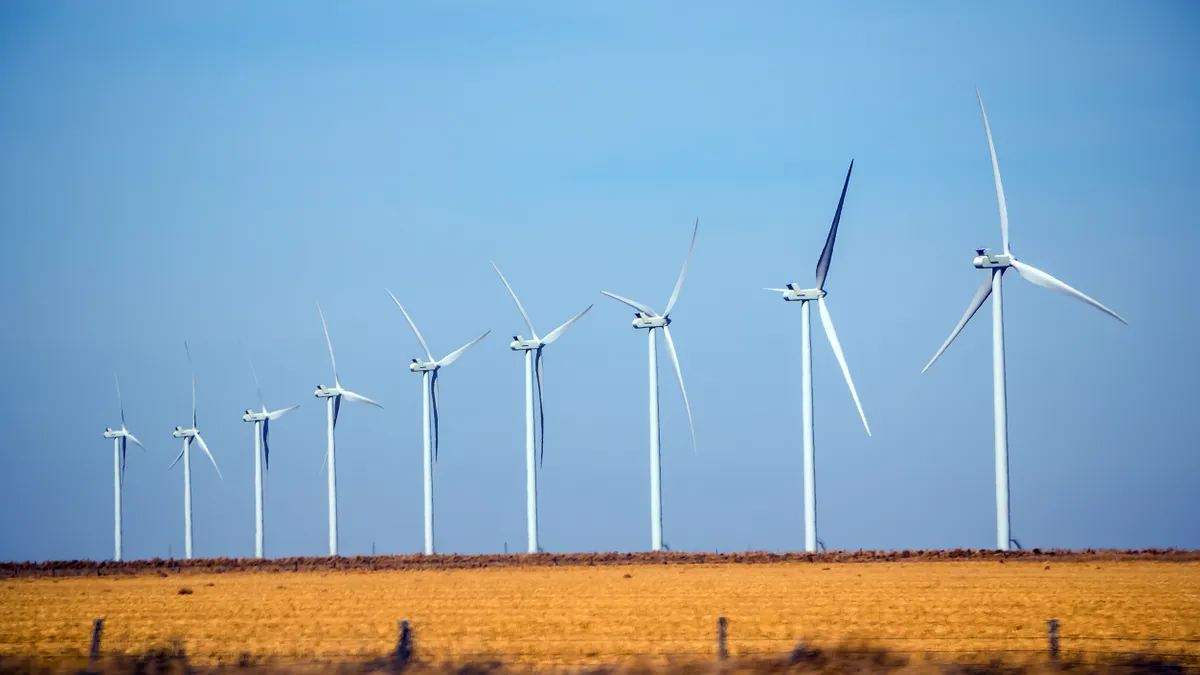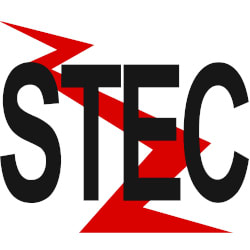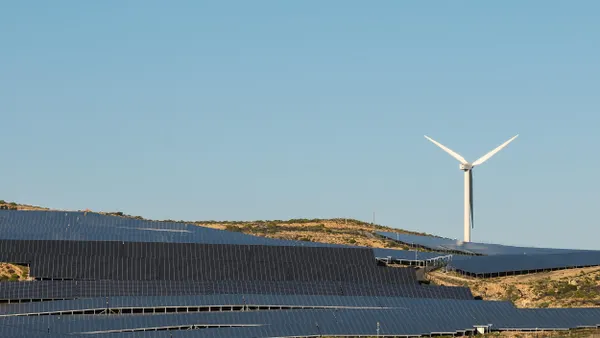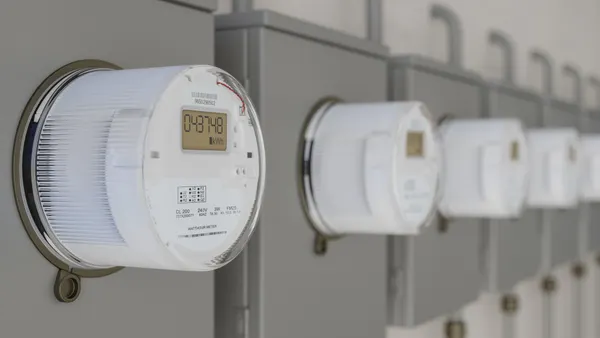Dive Brief:
-
The Midcontinent Independent System Operator is advancing through its stakeholder process a $10.4 billion set of transmission lines that could support about 53 GW of wind, solar, hybrid and stand-alone battery projects.
-
The transmission projects would provide $37 billion in benefits across MISO's northern footprint over 20 years, according to a presentation the grid operator's staff made last week. The benefits of the transmission projects, slated to be voted on by MISO's board in late July, outweigh the costs in each of the grid operator's seven transmission zones in the region.
-
The Clean Grid Alliance, a trade group for renewable energy developers, backs MISO's proposed transmission lines. "We think that they're critically needed to support reliability as the utilities in the MISO footprint move towards cleaner resources," Natalie McIntire, a CGA technical and policy consultant, said Wednesday, adding that they are "the first step" in an expected transmission buildout in the grid operator's region.
Dive Insight:
MISO's pending first tranche of its Long Range Transmission Plan focuses on a set of transmission projects that could support existing utility integrated resource plans and state clean energy goals in the grid operator's northern region, which includes all or parts of Michigan, Indiana, Illinois, Wisconsin, Minnesota, Missouri, Iowa, South Dakota and North Dakota.
"The LRTP Tranche 1 portfolio reflects a cost-effective set of solutions that enable [the] delivery of energy to support future energy requirements of the MISO customers," grid operator staff said in the March 29 presentation.
The CGA estimates the pending plan, which is still moving through the stakeholder process, could provide 213,000 jobs building renewable energy and energy storage facilities, plus another 120,000 jobs building the transmission facilities. The 53 GW of capacity the lines would enable could power 12 million homes, according to the trade group.
The transmission plan grew out of what MISO says was its most complex transmission planning process, which started in June 2020. It was based on two previous reports: MISO's 2019 Futures report which looked at industry trends and a report on renewable energy integration, released in February 2021.
The Tranche 1 transmission plan MISO is developing with utilities and other stakeholders provides benefits that are 2.6 times greater than its costs across the grid operator's northern footprint, according to the presentation.
Some of the benefits that MISO quantified are:
- lower congestion and fuel costs;
- savings from accessing renewable facilities across MISO's footprint compared with building local generating projects;
- savings from building regional transmission projects that avoid the need for incremental reliability upgrades;
- The avoided risk of blackouts; and,
- Reduced greenhouse gas emissions.
The transmission facilities would also provide qualitative benefits, such as making it easier to handle the variability of wind and solar output, according to MISO.
The plan continues to be reviewed by MISO stakeholder committees and is slated to be voted on by the grid operator's board in late July.
The costs of the transmission projects will be shared across MISO's northern region under a proposal that is being reviewed by the Federal Energy Regulatory Commission.
MISO expects the projects will take seven to 10 years for permitting and construction, according to Brandon Morris, a spokesman for the grid operator. MISO also expects it will start planning for a second round of transmission projects in its northern region starting next year, he said.
The CGA's McIntire sees MISO's long-range transmission planning process as a model for other grid operators.
"When we're planning for transmission, we need to take the long-term view otherwise we will come up with solutions that are shortsighted and more costly for consumers," McIntire said.
Short-term planning leads to more, smaller projects when one larger project could be more efficient and potentially easier to site, according to McIntire.
Grid operators should consider adopting MISO's process of looking at various future scenarios for transmission planning, McIntire said.
"Their scenario planning, the fact that they attempt to look at a variety of different futures as they're planning transmission, is a best practice," McIntire said. "They're really … trying to come up with all the transmission solutions that are needed to support the utility plans rather than waiting for individual utilities to come forward with small solutions."















